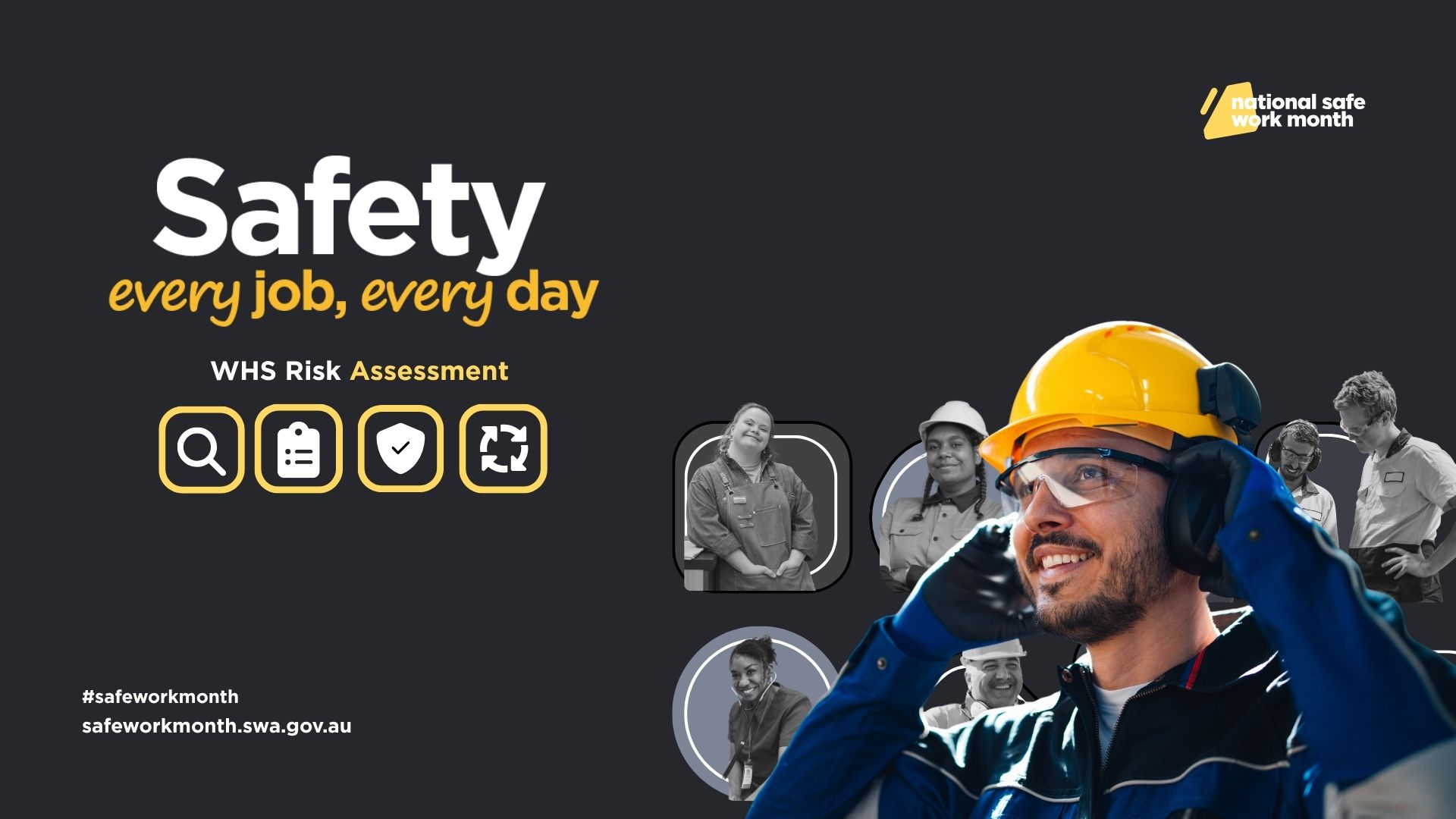Flexible working: a boon or a bane for workers’ health and safety?
Flexible working is on the rise. More and more workers are choosing to work from home, part-time, flexi-time, compressed hours or job shares. But is flexible working good or bad for their health and safety?

Flexible working is on the rise. More and more workers are choosing to work from home, part-time, flexi-time, compressed hours or job shares. But is flexible working good or bad for their health and safety?
The UK government thinks flexible working is a good thing. It has announced that it will change the law to make it easier for workers to request flexible working from the first day of employment. This will extend the entitlement to flexible working to an additional 2.2 million employees.
The Employment Relations (Flexible Working) Act 2023, which became law on 20 July, will also speed up the process of responding to flexible working requests and require employers to consult with employees on requests. The Advisory, Conciliation and Arbitration Service (Acas) has opened a consultation on its draft code of practice on handling requests for flexible working, which aims to encourage a more positive approach to flexible working and meaningful dialogue between employers and employees.
Benefits of flexible working
Flexible working can offer many benefits for workers and employers alike. Ruth Wilkinson, head of policy for the Institution of Occupational Safety and Health (IOSH), said that flexible working can improve work-life balance, working conditions, independence and flexibility. She added that flexible working can also lead to greater job satisfaction and productivity, positive mental health and physical health and lower absenteeism or presenteeism.
Flexible working can also benefit specific groups of workers, such as carers, those with a disability, and parents. Flexible working can help them balance their work and personal responsibilities and needs.
Challenges and risks of flexible working
Flexible working also comes with some potential drawbacks and hazards, especially when it involves working from home in particular. Employers have the same health and safety responsibilities for employees whether they work from home permanently, split their time between home and the workplace (hybrid working), or are based permanently in the workplace. However, some employers may have failed to introduce proper oversight of working from home arrangements, such as providing guidance and/or equipment for workers who shifted to working remotely.
Some of the health and safety issues that may arise from or coincide with working from home include:
- Ergonomic risks: Workers may not have a suitable workstation set up at home, which could lead to musculoskeletal problems such as back pain, neck pain or repetitive strain injuries. Safe Work Australia has published new resources on managing work health & safety (WHS) risks when workers are doing computer-based work from home. These include information sheets, a checklist and an infographic.
- Mental health risks: Workers may experience isolation, stress, anxiety or depression due to working from home. A study by Sheffield University and the University of London Birbeck found that workers with common mental health disorders who returned to work after sickness absence thrived, survived or exited the workplace depending on what barriers and facilitators they encountered. The study identified ten key themes that influenced workers’ ability to stay in and thrive at work.
- Long-term sickness risks: Staff may be forced to work from home as a result of contracting Covid-19. According to the latest data analysis from the Office for National Statistics (ONS), the number of people economically inactive because of long-term sickness has risen to more than 2.5 million people since the Covid-19 pandemic started. However, this figure does not include those who have been able to remain active by shifting to flexible working, but experience lowered productivity due to such conditions. It is likely that this has a compounding effect on mental health and career stress, but is difficult to quantify directly.
Conclusion
Flexible working can offer many advantages for workers and employers alike, but it also requires careful consideration and management of the health and safety implications. Employers should review their internal processes and policies to ensure that they comply with the legal changes and best practices on flexible working. They should also consult with employees on their needs and preferences for flexible working arrangements and provide them with adequate support and resources to work safely and effectively from home or elsewhere. Workers should also be aware of their rights and responsibilities when requesting or engaging in flexible working arrangements and seek help if they encounter any difficulties or concerns regarding their health and safety.
Sources
New legal right to request flexible working from day one of employment could expose more people to OSH risks by Nick Warburton, July 31st, 2023
More than 2.5 million are economically inactive due to long-term sickness, ONS finds by Nick Warburton, August 3rd, 2023
Mental health study identifies barriers and facilitators to a sustainable return to work by Nick Warburton, August 4th, 2023
New working from home WHS guidance published by Work Safe Australia, August 2nd, 2023





